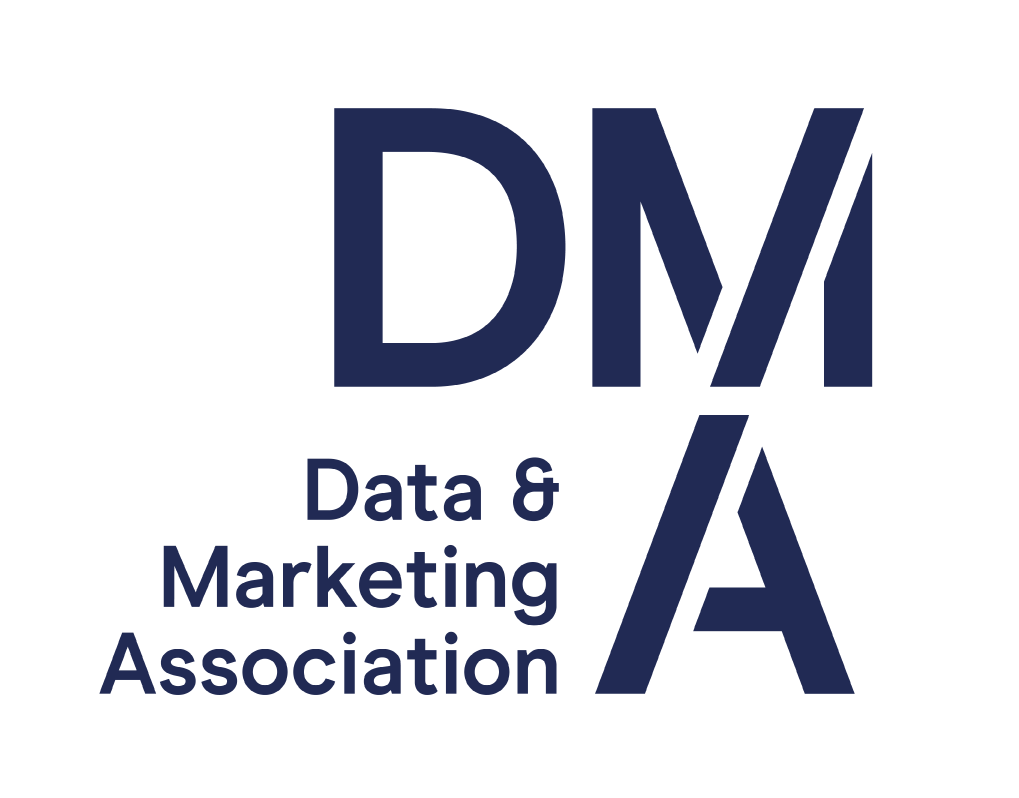Why performance delivery means so much more in todayâs media environment
13 Jun 2014
When I attended a speaker panel at the Media360 event a couple of weeks ago, there was a lot of talk from clients about not being transparent about our remuneration and the need to understand how media agencies are delivering for them.
I strongly believe that we in media agencies are best-placed among our marketing agency counterparts to deliver this. We already have direct attribution for online sales, and increasingly we are developing attribution models to define the offline effect for both on online sales and, where relevant, offline retail sales.
Last week, AdConnection relaunched its positioning as The Performance Agency – leading the way in performance-led delivery. We strongly believe that not only should all campaigns be measured and their performance assessed, but that part of our remuneration should be based on this.
Although this has been done for some time by PPC/SEO teams, both benefiting from the last point in the purchase cycle, benefiting from often millions of pounds spent on TV, outdoor, display digital etc., the challenge is defining it and measuring it for more of the “trigger media” not directly measurable to sales, but very much contributing some or the majority of the effect.
Performance measures
Performance can mean and deliver so much more than the end sales. In a different context, if you go to a performance, whether it is the cinema, theatre, a gig or a football match, you could define a successful performance if the organisers make money and the paying public go home feeling they have got value for money.
But when the audience are really engaged all the way through, go home feeling amazing, creating an emotional response, whether that is laughter, tears or joy, and then tell all their friends how brilliant the performance was and remember it for weeks, months or years after – that is truly a successful performance. That is what we will deliver in media terms for our clients.
So performance is as much the route to get to the end result as the final plan. It is how it is delivered, how it cuts through for the client as competitive activity increases, how the client service and proactivity is delivered, and all the components of a service-level agreement set out between agency and client.
Successful businesses are driven by performance. Getting the most unique and best insights to deliver optimal strategies will deliver the best outcomes. That’s why and how performance matters.
Which media perform?
At the Media360 event and in recent conversations with clients and media owners, there has been a concern that agency models do not fairly attribute all media in the same way. Thinkbox’s Lindsey Clay quite rightly expressed concern in the discussion at Media360 that TV would not get the same share of funds if agencies did not get the same fees from TV that they got from online.
In AdConnection’s performance-based model, only media that deliver along the purchase funnel will get further investments. Although not all media or indeed media formats are equal.
Our sophisticated attribution models increase the effect of a video watched all the way through (where there is an emotional as well as sales message across audio and visual), versus a quick view of a static online banner, which may not have even been viewed following analysis of eye-tracking movements.
These systems and tools are not the result of a huge amount of data being input into a large system with generic, vanilla averages being poured out and used for all campaigns. It is about smart inputting and employing the brightest experts to step back from the data and see what it is really telling us, often differentiating or challenging the norms and averages to deliver cut through solutions for clients.
In this context, the client and indeed media agencies are best placed to objectively determine the relative effect of different creative messages based on both influence and sales ability, beyond a simple click. After all, I cannot remember the last time I clicked on a banner, and the majority of the effect of these ads is to generate a future search once the consumer is in the market to research or buy.
Performance beyond advertising
With attribution and ultimately econometric modelling, media agencies are increasingly looking at factors beyond just the creative and media for contribution, including weather, pricing, brand standout, ability of the product to deliver, and even factors such as quality of the client sales team.
These factors are even more important to identify once we are remunerated partly on performance, and indeed have more need and authority to critique critique a client’s website, creative, product or even campaign timing based on wanting all factors to work.
Performance with passion
Finally, we need to deliver media performance to the client in the most compelling way – both how we present the rationale and solutions of the media plan, as well as nurturing our people to deliver in an intuitive, bold and vibrant way, so our clients enjoy working with us and are compelled and persuaded to buy our creative and standout communication solutions.
The successful media agencies of the future will be those that have a full overview of performance across strategy, content and delivery.
And successful businesses will not be the big media owners, clients or agencies with clout, but those with smart people and a focus on performance with the best optimisation, tools and experts with a passion to think differently and deliver a truly memorable and successful campaign for months and years to come.
By DMA guest blogger Catherine Becker, Chief executive, AdConnection




1.png)
Please login to comment.
Comments